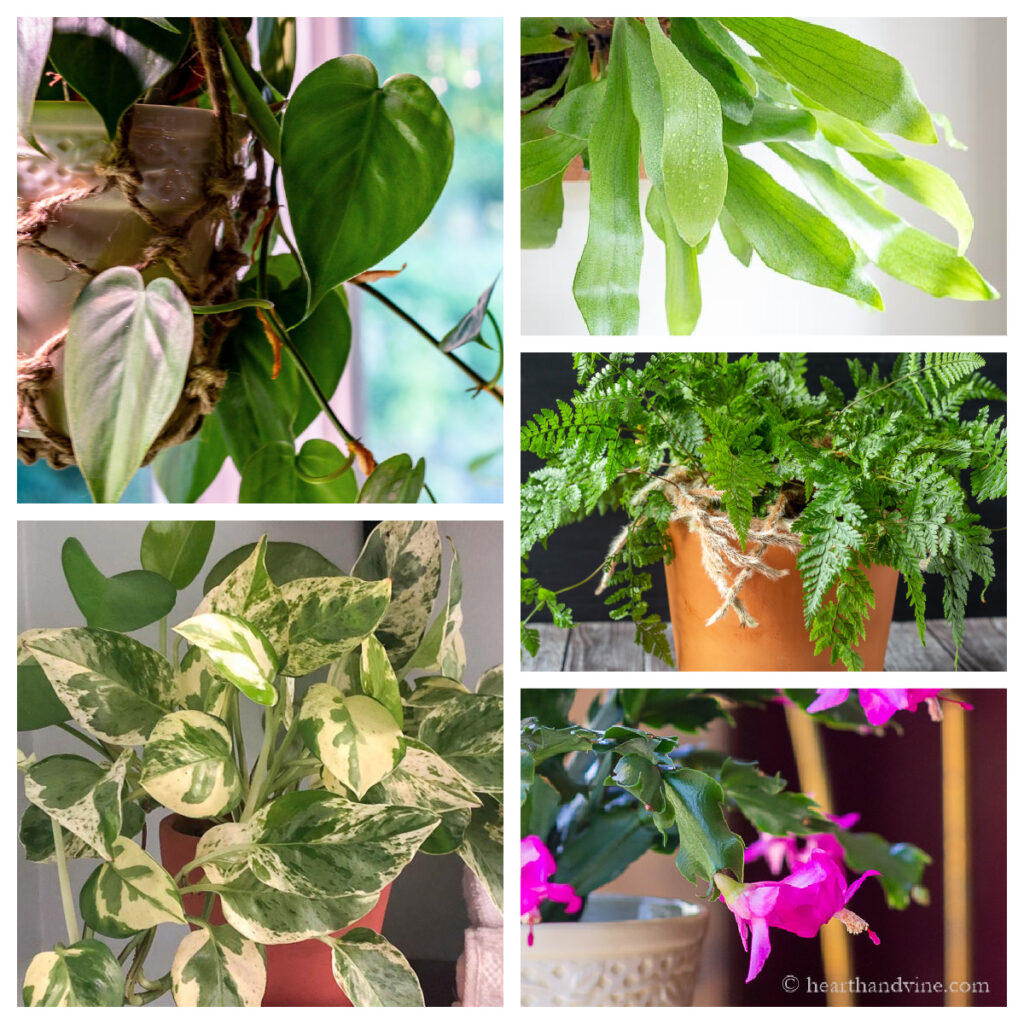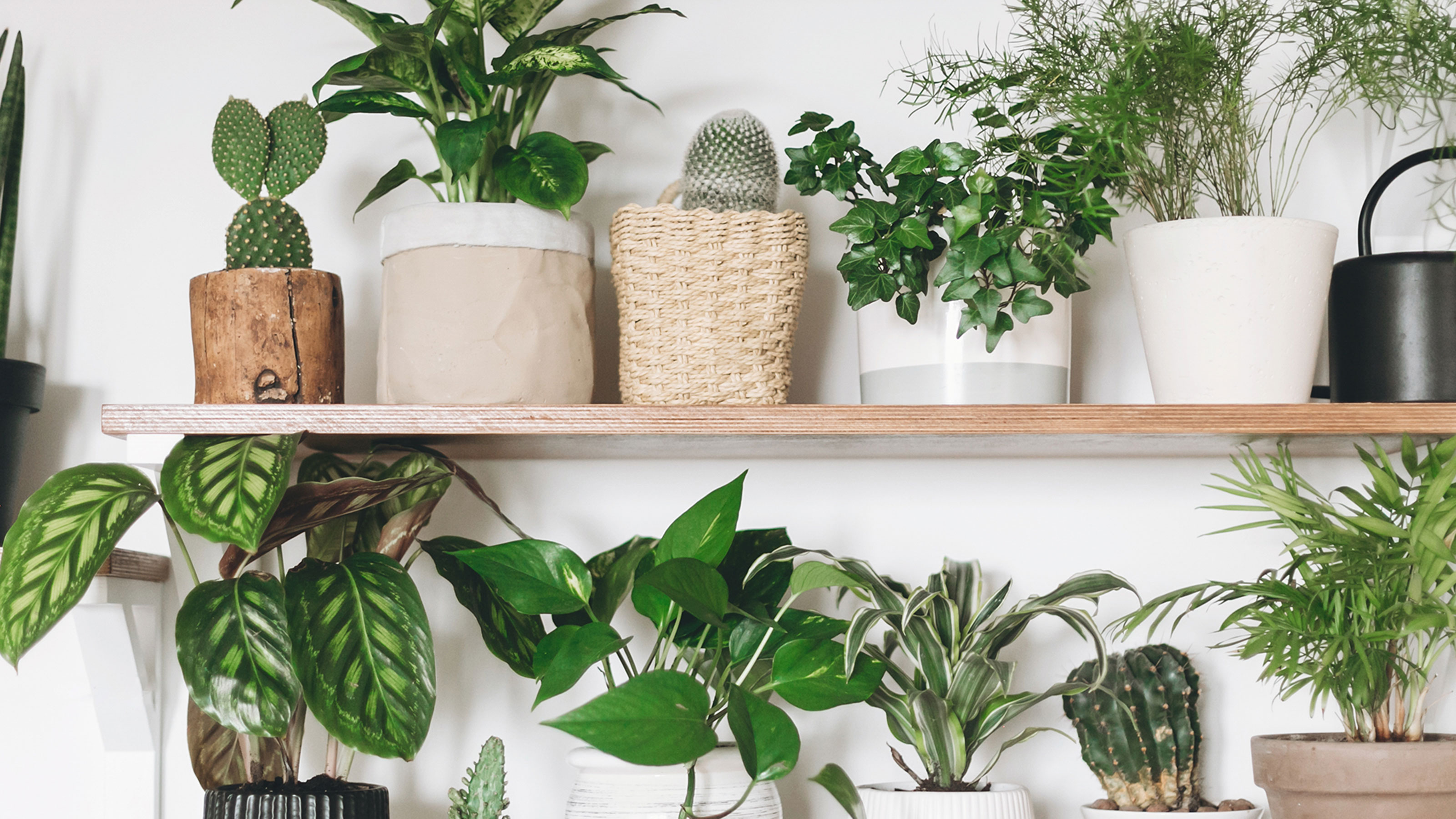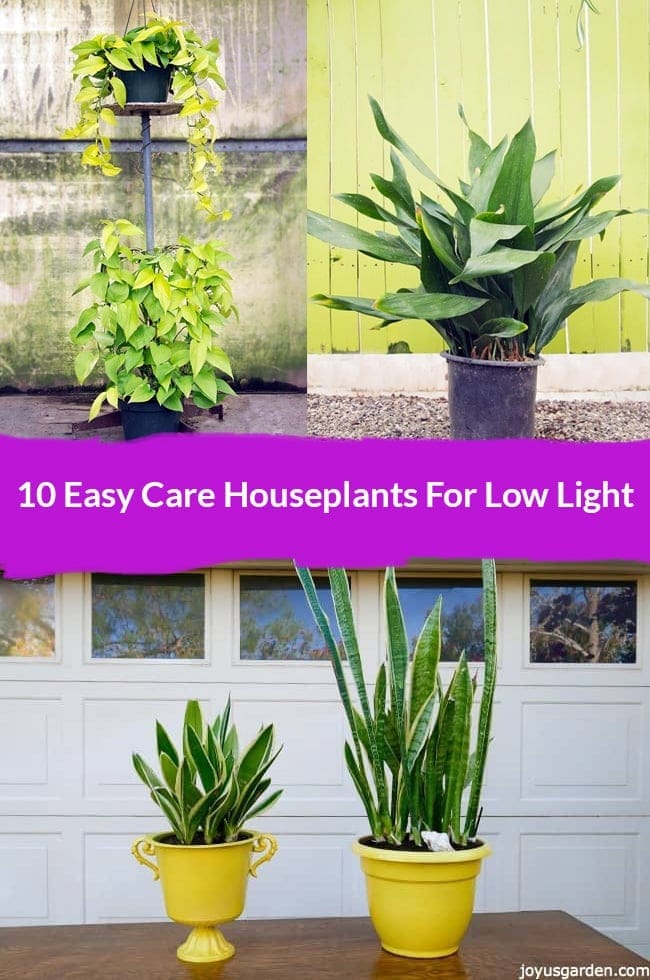Transform Your Home With Beautiful Low-Light Indoor Plants and Their Benefits
Including low-light indoor plants into your home can considerably boost both the aesthetic and environmental top quality of your home. These plants, which prosper in dark conditions, offer not just as ornamental aspects but additionally as all-natural air purifiers, making them suitable for city dwellers or those with restricted sunshine exposure. As we explore the different sorts of low-light plants and their benefits, you might find surprising ways to incorporate them into your home that can transform your surroundings in ways you might not have actually prepared for.
Advantages of Low-Light Plants
Low-light plants provide many advantages for interior settings, making them a superb option for both beginner and seasoned gardeners. One of the key advantages is their adaptability to low-light problems, allowing people to boost their living areas without the demand for considerable sunshine exposure. This particular makes them perfect for apartments, offices, and other locations with minimal natural light.

In addition, including low-light plants right into home decoration can elevate the visual allure of a room. Their lavish foliage and differed textures develop a calming environment, adding to overall wellness. Finally, the existence of plant has actually been linked to lowered tension degrees and enhanced productivity, making low-light plants a sensible option for boosting both physical and mental health in indoor setups.
Leading Low-Light Indoor Plants
While numerous indoor plants thrive in intense light, numerous varieties are especially well-suited for low-light problems, making them optimal for different indoor areas. One prominent selection is the Snake Plant (Sansevieria), understood for its striking upright leaves and resilience, needing very little treatment. One more superb choice is the Pothos (Epipremnum aureum), which includes heart-shaped fallen leaves and can route perfectly from racks or hangers, prospering in low light and adding a lush touch.
The ZZ Plant (Zamioculcas zamiifolia) is commemorated for its shiny leaves and capacity to hold up against neglect, making it excellent for hectic way of livings. The Tranquility Lily (Spathiphyllum) not only tolerates low light however additionally creates sensational white flowers, enhancing any area's visual.
For an one-of-a-kind touch, take into consideration the Cast Iron Plant (Aspidistra elatior), which indeed lives up to its name, prospering in the darkest edges of your home. The Chinese Evergreen (Aglaonema) provides a variety of leaf patterns and shades while being exceptionally forgiving in low-light problems. These plants not only improve interior atmospheres however also add to air purification, boosting your living room.
Care Tips for Low-Light Plants

Sprinkling methods are crucial; these plants commonly prefer a little completely dry problems. Overwatering can cause root rot, so make certain that the leading inch of soil is dry before watering once more. Use pots with drainage openings to permit excess moisture to get away.
Humidity is another vital variable. Many low-light plants, such as ferns and tranquility lilies, take advantage of higher moisture levels. To enhance humidity, consider misting the fallen leaves or putting a tray of water near the plants.
Fertilizing ought to be approached with care. During the growing period, utilize a diluted, well balanced liquid plant food each month to sustain growth, however stay clear of fertilizing during the inactive winter season.

Innovative Ways to Show Plants
Indoor plants can offer as exciting centerpieces in any kind of area, boosting both aesthetic appeal and setting. Imaginative display screens can raise the visual impact of low-light plants, making them an indispensable component of your home design. One reliable approach is to utilize tiered plant stands, which allow you to showcase multiple plants at varying heights while making best use of flooring room.
Hanging planters are one more innovative choice, producing a sense of deepness and attracting the eye upwards. Think about macramé hangers or wall-mounted racks to present a distinct texture and style.
For a more structured method, use geometric terrariums or glass containers to house your plants, including a modern touch to your indoor yard. You can also repurpose vintage items, such as teacups or wood dog crates, for a diverse screen that mirrors your individuality.
Enhancing Home Atmosphere With Plants
Integrating low-light plants into your home not just boosts aesthetic appeal however also contributes dramatically to the overall atmosphere. These plants serve as all-natural decoration elements, presenting a feeling of serenity that can change any space. The presence of greenery cultivates a calming atmosphere, which is particularly helpful in high-stress environments such as office or living areas.
Low-light plants, such as serpent plants, pothos, and ZZ plants, are not only visually pleasing but also enhance interior air high quality by filtering system contaminants. Continued This double feature boosts the setting even more, producing a much healthier space (Best low-light indoor plants). The tactical positioning of these plants can likewise influence the assumption of area; as an example, high plants can attract the eye up, making ceilings appear greater and spaces extra spacious
Furthermore, differing appearances and shades of foliage include depth to interior decoration, enabling for creative expression in home styling. Whether put on racks, in corners, or as centerpieces, low-light plants can elevate the mood of any type of area. In summary, incorporating these plants right into your home is an effective method to cultivate a warm, welcoming environment while enjoying the benefits of enhanced air high quality and aesthetic flexibility.
Conclusion
Integrating low-light indoor plants into home environments provides countless benefits, consisting of enhanced visual allure and enhanced air top quality. These resistant plants, such as the Snake Plant and Tranquility Lily, call for marginal light and maintenance, making them ideal for diverse way of lives. Their capacity to filter contaminants contributes to a healthier space, while their varied textures and shades improve interior design (Best low-light indoor plants). Eventually, the inclusion of low-light plants cultivates a peaceful and inviting setting, transforming any kind of home into a tranquil sanctuary.
While many indoor plants grow in bright light, a number of types are particularly appropriate for low-light problems, making them suitable for numerous indoor spaces. One reliable method is to use tiered plant stands, which enable you to showcase multiple plants at varying heights while making the most of flooring space.
Low-light plants, such as snake plants, pothos, and ZZ plants, are not just cosmetically pleasing yet also improve indoor air quality by filtering toxins. Best low-light indoor plants. The calculated positioning of view these plants can likewise influence the perception of space; for instance, tall plants can draw the eye upward, making ceilings show up higher and areas much more roomy
These resistant plants, such as the Snake Plant and Tranquility Lily, require minimal light and upkeep, making them suitable for varied way of livings.